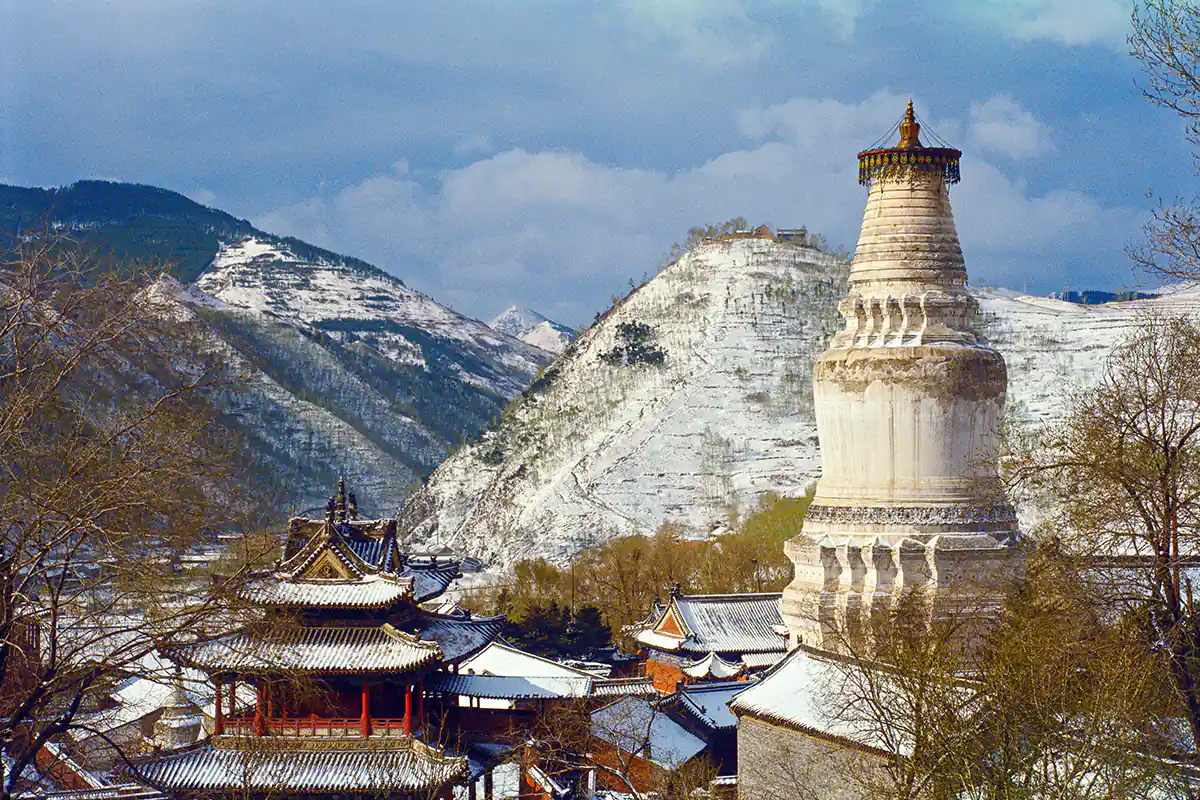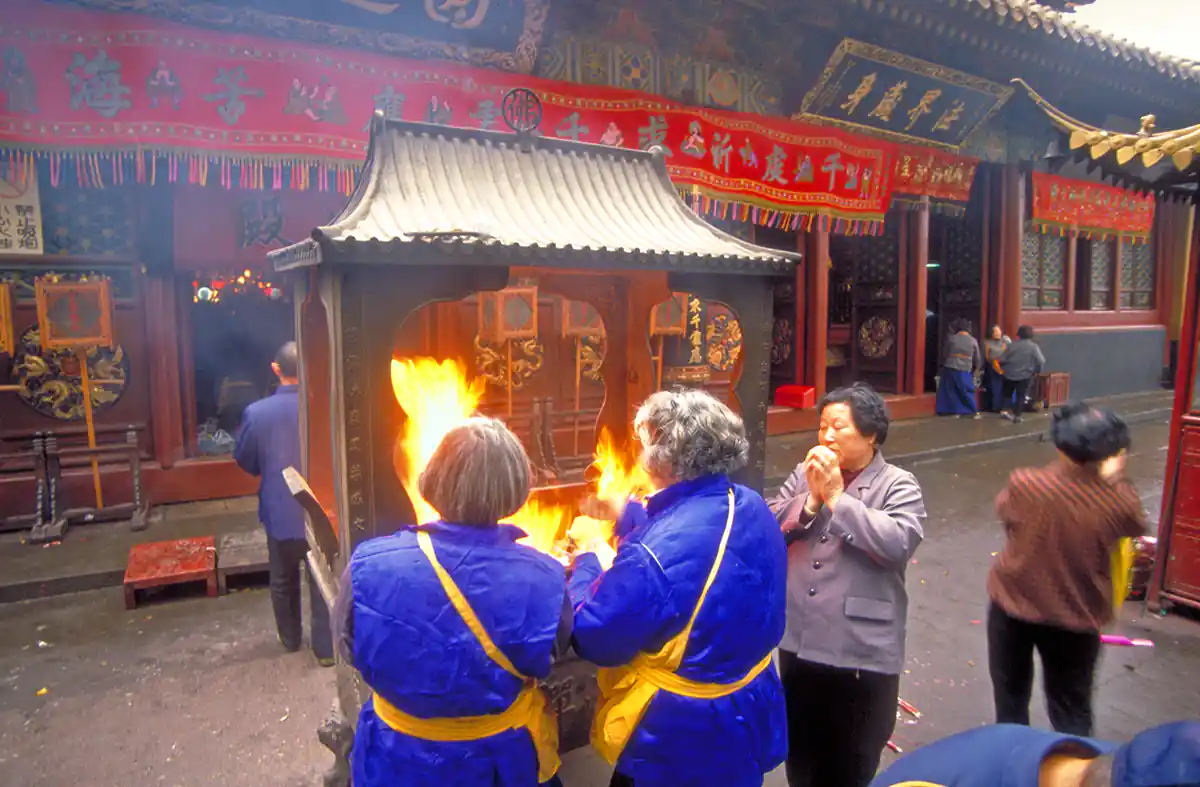Sacred Sites of China
China: Where Ancient Traditions Meet Vibrant Spirituality
China possesses a rich tapestry of sacred sites born from diverse religious traditions, including Buddhism, Taoism, Confucianism, and folk beliefs. From towering mountains to intricate temples, these sites offer spaces for pilgrimage, contemplation, and connection with China's enduring spiritual heritage.
-
Beiyue Hengshan Mountain
-
Fanjingshan mountain and temple, Tongren
-
Guang Hua Temple, Putian, Fujian, China
-
Gyantse
-
Lake Yamzho Yumco
-
Longmen Grottoes
-
Lushan Mountain
-
Matsu Temple (Various Locations)
-
Meizhou Mazu Temple, Meizhou Island, China
-
Mount Amnye Machen
-
Mount Dinghushan
-
Mount Emei Shan
-
Mount Fanjing, Guizhou, China
-
Mount Gu Shan
-
Mount Heng Shan Nan
-
Mount Hua Shan
-
Mount Huang Shan
-
Mount Jiuhua Shan
-
Mount Kawakarpo
-
Mount Lao Shan
-
Mount Long Hu Shan
-
Mount Luo Fu Shan
-
Mount Mai Ji Shan
-
Mount Mao Shan, Jiangsu
-
Mount Meili Xue
-
Mount Pu Tuo Shan
-
Mount Qi Yun Shan
-
Mount Qian Shan, Liaoning
-
Mount San Qing Shan
-
Mount Song Shan
-
Mount Tai Shan
-
Mount Tiantai Shan
-
Mount Wu Tai Shan
-
Mount Wu Tang Shan
-
Mount Wu Yi Shan
-
Qingchengshan
-
Shrine of Seven Sleepers, Tuyugou, Turpan, Xinjiang, China
-
Tsalung & Drakar Taso
-
Yungang Grottoes
-
Zhongnan Shan
Note:
China is home to numerous other sacred sites, from local temples to natural places imbued with traditional beliefs. Approaching these sites with respect for their cultural and spiritual value is essential for appreciating their rich heritage.

Martin Gray is a cultural anthropologist, writer and photographer specializing in the study of pilgrimage traditions and sacred sites around the world. During a 40 year period he has visited more than 2000 pilgrimage places in 160 countries. The World Pilgrimage Guide at sacredsites.com is the most comprehensive source of information on this subject.


